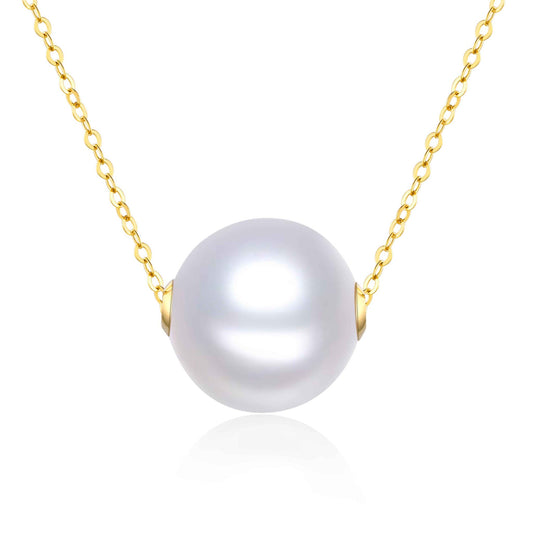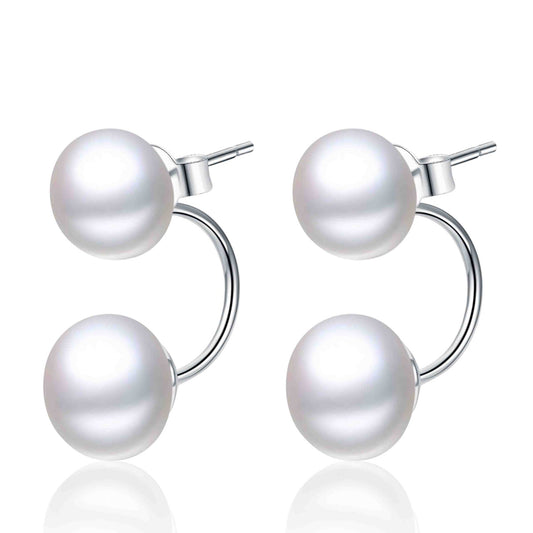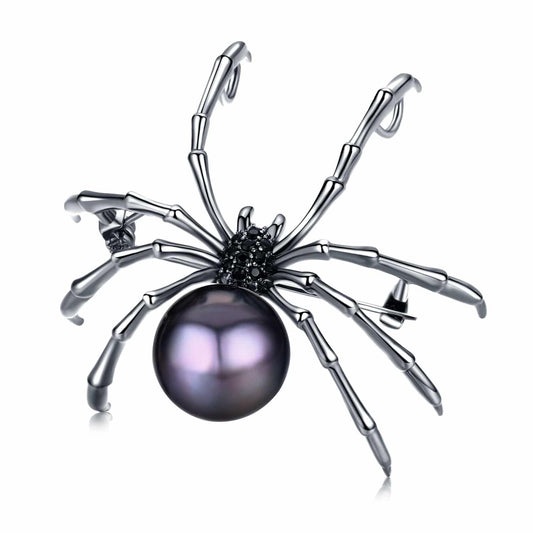
Everything You Need to Know about Restringing Your Pearls
Share
Is your string of pearls starting to look… stringy? There’s nothing as sad as a row of pearls that need some attention, and a snapped string could mean the loss of some precious gems from your string.
When to Restring Your Pearls
Sometimes you’ve had a string of pearls for so long, you’ve forgotten what they used to look like. But take a second look, and search for these signs. Any one of them could indicate a need to restring:
- Dirty knots. Traditional pearl necklaces have knots between the pearls to keep them from moving around. But wearing it often means the visible parts of the string, like the knots, can become dirty. This can take away from your necklace, making it seem uncared for.
- Fuzzy knots. When you wear a necklace often, the knots can become ‘fluffy’ or ‘fuzzy’. This happens when the pearls rub against the knots, and over time, this rubbing can shred the knots making them look a little like wool. This is a sign that the thread may soon break.
- Longer necklace. When your necklace becomes longer than what it used to be, it’s a sign that the thread has stretched. Stretching makes the thread weak, which means that your thread may snap.
- Uneven gaps. When your thread stretches, it also leaves gaps between pearls, which not only looks bad, but it’s another sign that the thread has weakened.
- Pearls covering knots. Stretching can also cause the knots to shrink and be pulled through the pearl’s drill hole. When there isn’t a knot between pearls, they’ll rub against each other and cause damage to the beads.
- Discolored pearls. Pearls hanging next to gold beads, for example, sometimes turn black because of the chemical reactions between the two substances.
- Pearls that have lost their luster. Because pearls are an organic material, they are porous (unlike gold or metal) which allows them to absorb things like sweat, perfume or dirt, causing them to lose their shine or change color.
Restringing is the perfect opportunity to replace damaged pearls, to clean and shine pearls that have lost their luster or have become discolored.
Choosing the Right Thread Is Important
The pearl value will determine the type of thread you use. Here are some guidelines on how to choose the right thread:
For valuable pearl necklaces, silk is best. High-quality silk thread will last much longer than other types of thread. Ask your retailer for a thread that is made specifically for pearls, as the thread needs to be very thin, yet very strong. Small pearls need a two-strand silk thread so that the necklace can reveal the pearls’ beauty but not the knots. Larger pearls will need a three-strand silk thread, for a stronger string.
For necklaces that contain both pearls and other stones you can use cotton wire, nylon, fishing line or copper wire. These are all strong enough to carry the weight of the heavy stones.
For expandable bracelets or necklaces, use expandable silk or nylon thread. It’s convenient to wear and use but remember that it will damage easily and is likely to get caught on other jewelry. For this type of thread, you might need to restring more often.
How to Restring Your Pearls
Ask your local jeweler for help or, if you’d like to try it yourself, click here for step-by-step instructions on how to restring your pearls at home.



